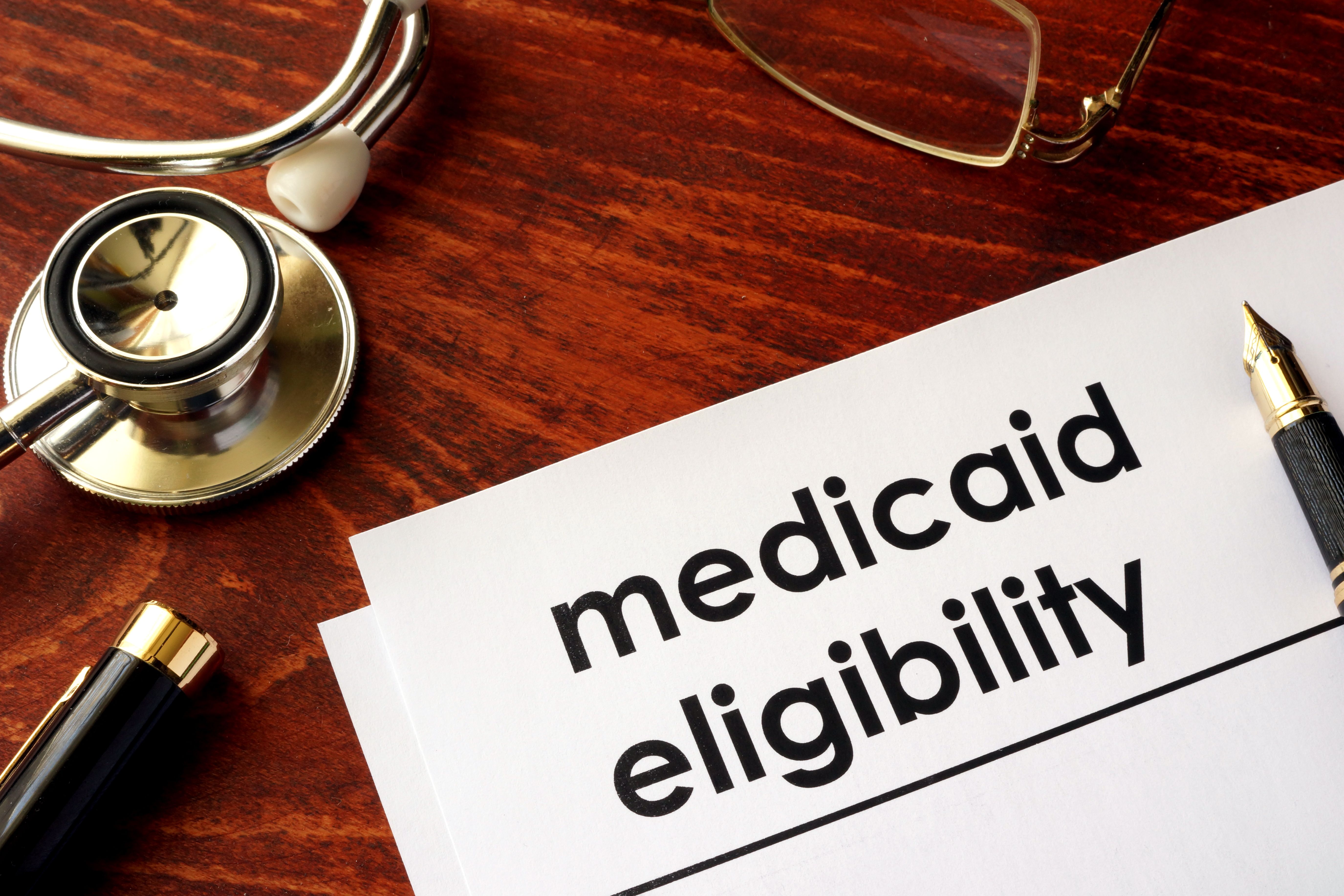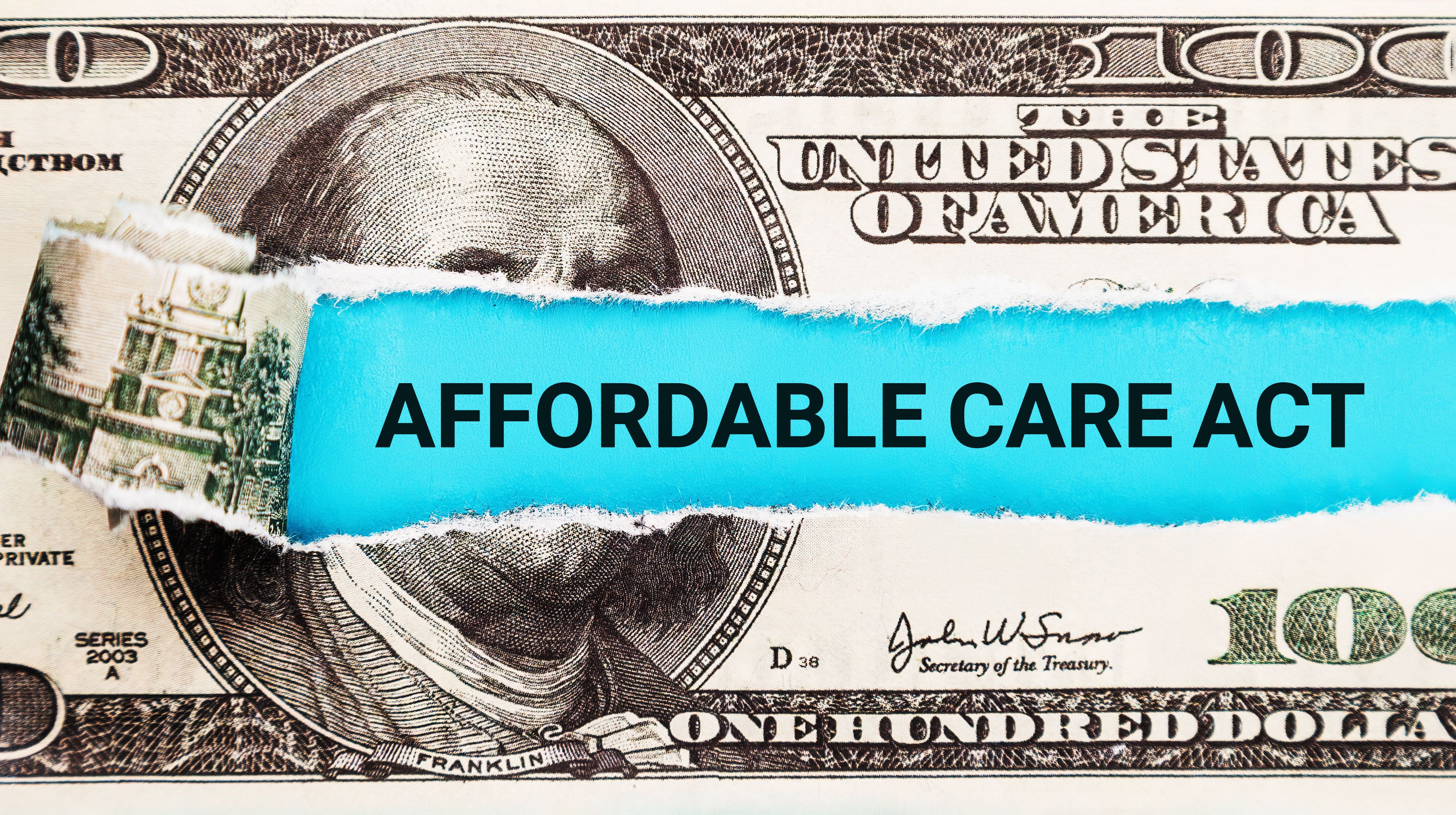Article
Medicare to Fund Diabetes Prevention Programs, Burwell Says
Author(s):
The move means the nation's largest payer will invest in diabetes prevention, which has been a focus of CDC, the American Medical Association, and the American Diabetes Association.
Diabetes prevention programs will be covered by Medicare under a policy change announced today by HHS Secretary Sylvia Mathews Burwell.
The change, first reported by The New York Times, will represent an expansion of the model funded by the CMS Innovation Center, and a statement from HHS said the details of how reimbursement will work will be spelled out in the 2017 Medicare physician fee schedule, to be released this summer.
Burwell announced the decision today at a YMCA in the nation’s capital. YMCA of the USA was the original partner in the $11.8 million demonstration project to enroll Medicare beneficiaries at high risk for type 2 diabetes (T2D) in the National Diabetes Prevention Program (NDPP). This evidence-based initiative has been shown to stop the march of full-blown diabetes in those with elevated blood glucose levels who do not have the disease, a condition known as prediabetes.
The demonstration project was funded in 2011 under the Affordable Care Act (ACA), which was passed 6 years ago this week.
HHS’ decision to fund the NDPP in Medicare comes a year after CDC, in partnership with the American Medical Association (AMA) and the American Diabetes Association, launched a major initiative called “Prevent Diabetes STAT,” which called on payers and community partners to work with public health officials to identify those with prediabetes and stop onset of T2D. Ann Albright, PhD, RD, CDC’s director of the Division of Diabetes Translation, discussed the urgency in Evidence-Based Diabetes Management, a publication of The American Journal of Managed Care.
An estimated 86 million Americans have prediabetes, while 2012 figures say 29.1 million have diabetes, mostly T2D. CDC officials have said 90% of those who have prediabetes have no idea they have it, making it incumbent upon physicians and public health leaders to be proactive in finding those at risk and stopping T2D in its tracks. The most recent economic study of the cost of diabetes put the figure at $245 billion a year in both healthcare and lost productivity costs.
According to a release from HHS, the Office of the Actuary found that Medicare saved $2650 for every person enrolled in the program over 15 months, and enrollees lost 4.73% of body weight for participants who attended at least 4 weekly sessions; 80% of the participants achieved this benchmark. For those who attended 9 session, average weight loss increased to 5.17%.
“The Diabetes Prevention Program can prevent disease and help people live healthier lives,” said Patrick Conway, MD, CMS deputy administrator and chief medical officer. “CMS’ partnership with CDC, NIH, and private sector partners to engage people in improving their own health was critical to the success of the DPP.”
While CDC announced in December that the number of new cases of T2D had declined for the first time in a generation, the good news is uneven—the halt of the disease is almost all among white, well-educated and well-off Americans. Minorities and the poor suffer high rates of the disease, and a study in California just found that half that state’s diverse population had diabetes or prediabetes. T2D is concentrated in Deep South states alongside high rates of obesity, and is generally worse in states that have declined to expand Medicaid as permitted under the ACA.
To bring the NDPP to the masses, CDC has created the Diabetes Prevention Recognition Program, which blesses those programs that meet evidence-based standards—giving a signal to payers that they are worth funding. This became key when the US Preventive Services Task Force called for health plans to refer obese patients to such programs.
Traditional NDPP offered weekly lessons with a lifestyle coach on the importance of nutrition and exercise as well as the risks of failing to care for diabetes. Today, evidence-based programs that meet CDC standards are also available in digital formats; these programs are scalable and tested, so that health plans can bring them to larger populations. But until now, Medicare—the largest payer of all—was not setting an example for commercial payers, even though more than 25% of seniors have diabetes, according to recent data from ADA.
Providers greeted the news warmly. “The AMA applauds HHS for moving toward authorizing coverage for the (NDPP) to Medicare beneficiaries at high risk of developing type 2 diabetes,” said Andrew W. Gurman, MD, president elect of the AMA. The nation’s largest organization of doctors “has been focusing its efforts over the last two and a half years on increasing awareness of prediabetes and encouraging more physicians to screen their at-risk patients for prediabetes, and refer them to CDC-recognized diabetes prevention programs in their communities.”
In a conference call with reporters, officials from Y-USA said that doctors who heard about the NDPP generally reacted positively but always had questions about reimbursement. Matt Longjohn, MD, MPH, the Y’s national health officer, said there was already a code for NDPP payment for commercial insurers, and today’s announcement means the process will start in June for a similar code for Medicare.
“The important take-home message,” Longjohn said, “is that prevention pays.”
Mike Payne, chief commercial officer and head of medical affairs at Omada Health, a CDC-certified digital provider of the NDPP, said that until now, most of the commercial reimbursement for the program has occurred when employers asked for it through self-insured plans. While general wellness programs may not provide employers with return on investment, those with prediabetes have reached “a tipping point where they need more of a clinical intervention,” Payne said.
Payne predicted that as payers who administer Medicare Advantage scale up to offer the NDPP, they will gather data that show it makes sense to extend it to other commercial products.
Today’s decision to take a demonstration nationwide is the culmination of a long journey to study the effectiveness of prevention programs. Following the 2011 award to the YMCAs, in 2014 HHS awarded $212 million in grants for chronic disease prevention.
Newsletter
Stay ahead of policy, cost, and value—subscribe to AJMC for expert insights at the intersection of clinical care and health economics.




